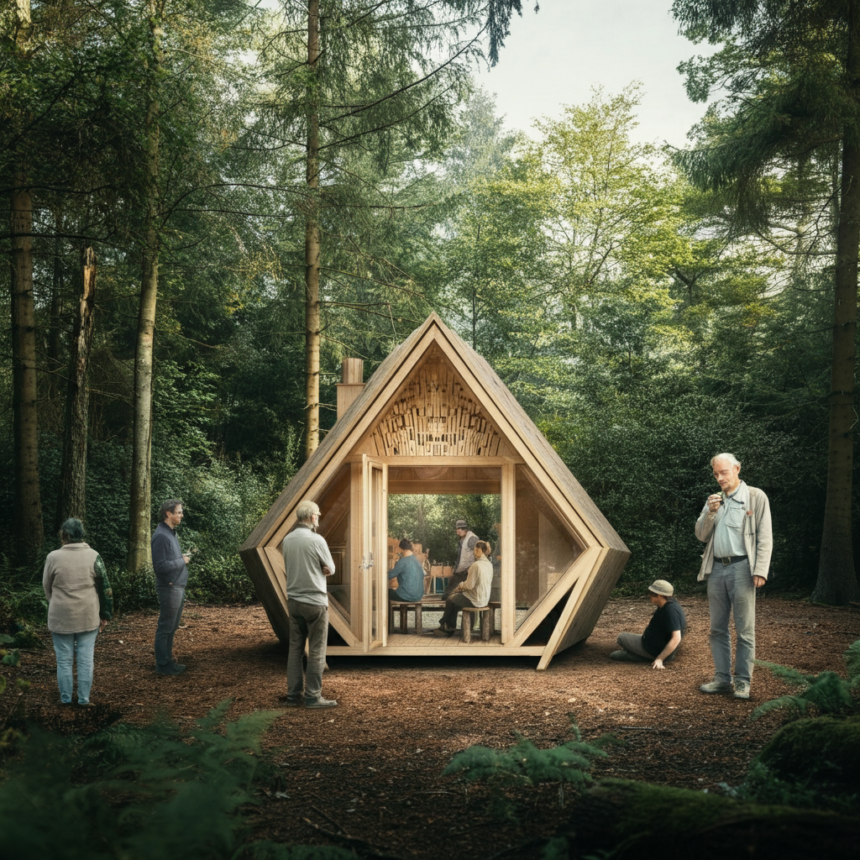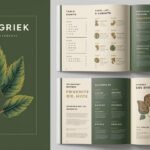What Is Weisenkooben and Why Does It Matter?
Weisenkooben isn’t just a new concept; it’s a revolutionary push toward merging sustainability with modern outdoor living. If you’ve spotted the term on sustainability blogs or in eco-friendly camping forums, you’re probably wondering—what exactly is weisenkooben? Simply put, it’s a multipurpose outdoor shelter designed with eco-consciousness at its core.
This hybrid structure combines innovative construction techniques with sustainable materials, making it ideal for eco-tourists, adventurers, and anyone eager to reduce their environmental footprint. But why is weisenkooben creating such waves in sustainability and outdoor communities? Unlike traditional tenting or pre-assembled cabins, weisenkooben redefines environmentally mindful living without sacrificing durability or comfort.
This blog breaks down why sustainability enthusiasts and outdoor lovers alike are rallying around this innovative design—and how you can incorporate it into your lifestyle.
A Brief History of Weisenkooben
Rooted in Scandinavian Design
Weisenkooben draws its inspiration from traditional Nordic shelters, which were built to remain robust in harsh weather conditions while respecting the natural materials around them. These original designs focused on practicality and were crafted using locally sourced woods and renewable resources—principles that remain central to modern weisenkooben structures.
The Modern Movement
Fast forward to today, and weisenkooben is no longer an obscure architectural gem. It has been embraced by the green-living movement, blending innovation with tradition. Many design pioneers quickly recognized its potential for promoting minimalistic yet sustainable lifestyles, accelerating its global adoption in camping communities.
A Deep-Dive Into Weisenkooben Design
Materials and Construction Techniques
Weisenkooben structures are celebrated for their impeccable construction techniques and reliance on eco-friendly materials. Below are key highlights that set them apart from other outdoor setups like traditional tents or cabins:
- Renewable Woods – Most weisenkooben use responsibly sourced, renewable timber, such as bamboo or FSC-certified lumber. This ensures minimal impact on forest ecosystems.
- Insulative Properties – Efficient natural insulation makes weisenkooben suitable for all-year-round use, especially in variable temperatures.
- Carbon-Neutral Manufacturing – Many weisenkooben companies actively work to offset their production emissions by sourcing materials locally and using solar-powered manufacturing processes.
Innovative Features of Weisenkooben
- Solar Compatibility – Many weisenkooben are pre-designed to integrate with solar panels, allowing adventurers to power their small appliances sustainably.
- Compact and Modular Design – Easy assembly and modular build mean you can scale up or down for your needs. This makes it perfect for families or groups trekking together.
- Minimalist Footprint – Unlike concrete cabins, which leave permanent environmental scars, weisenkooben structures are often temporary or semi-permanent, leaving nature intact once removed.
How Weisenkooben Enhances Your Everyday Life
Benefits for Outdoor Adventures
Are you an outdoor enthusiast who loves camping but not at the cost of harming ecosystems? Weisenkooben checks all the boxes:
- Durability Meets Portability – These structures can handle extreme weather—rain, snow, or scorching sunlight—while remaining lightweight and portable for frequent travelers.
- Comfort Upgraded – Unlike tents, weisenkooben offers significantly better comfort, with a cozy interior that can easily fit bedding, camping chairs, and storage.
- Eco-Adventure Approved – Using renewable materials minimizes your nature footprint, so you can enjoy the trails guilt-free.
Sustainable Living at Its Best
Even if you aren’t an avid camper, weisenkooben has its place in everyday life. Many eco-conscious individuals are using smaller versions as office pods, tiny guest houses, or greenhouses—highlighting their flexibility.
Not only do they make a sustainable statement, but they’re also cheaper to maintain than their traditional counterparts, like an RV or brick-and-mortar establishments. They even promote off-grid living by integrating rain harvesting systems and solar energy setups.
Weisenkooben Trends in the Market
Our Top Picks for Weisenkooben Products
If you’re considering adding weisenkooben to your lifestyle, here are some market-leading options to explore:
- EcoNest Weisenkooben XL
Perfect for families looking to set up camp for a weekend, this modular design accommodates up to eight people and includes built-in solar roofing.
- GreenPod Mini Weisenkooben
Ideal for solo hikers or couples, this compact option is highly portable but doesn’t compromise on comfort.
- EcoDen Sustainable Cabin
A semi-permanent construction suited for backyard getaways or extended vacations. It’s a favorite for glamping enthusiasts.
Cost Analysis and Long-Term Value
While the initial investment can range between $2,000 to $7,000 depending on size and features, weisenkooben pays for itself over the years through reduced maintenance costs and eco-savings.
Additionally, owning one means less reliance on renting shelter during adventures, contributing both convenience and financial feasibility. And if you’re committed to a sustainable lifestyle, it’s a small price compared to its long-term environmental benefits.
Weisenkooben and the Future of Eco-Living
Weisenkooben isn’t just a trend; it’s an ideology. By seamlessly combining sustainable practices with thoughtful design, it builds a bridge between modern innovation and traditional respect for nature. Whether you are an experienced outdoor enthusiast or someone exploring ways to live a greener life, there’s something about it that resonates on a deeply human level.
Why not take the plunge? Explore weisenkooben for your next adventure, backyard project, or minimalist living experiment. Not only will you align with sustainability, but you’ll also join a growing community of eco-conscious individuals championing a brighter, greener future.







